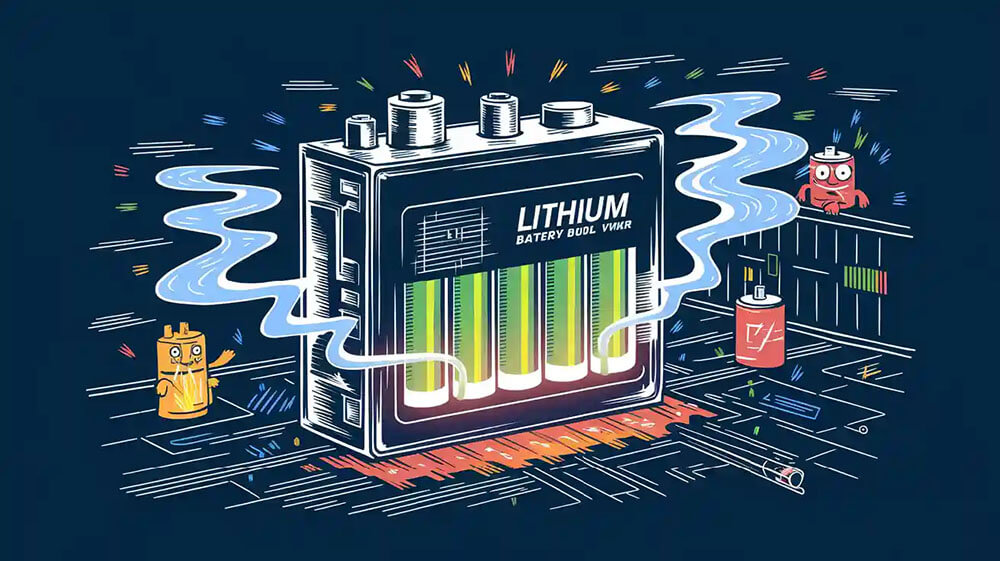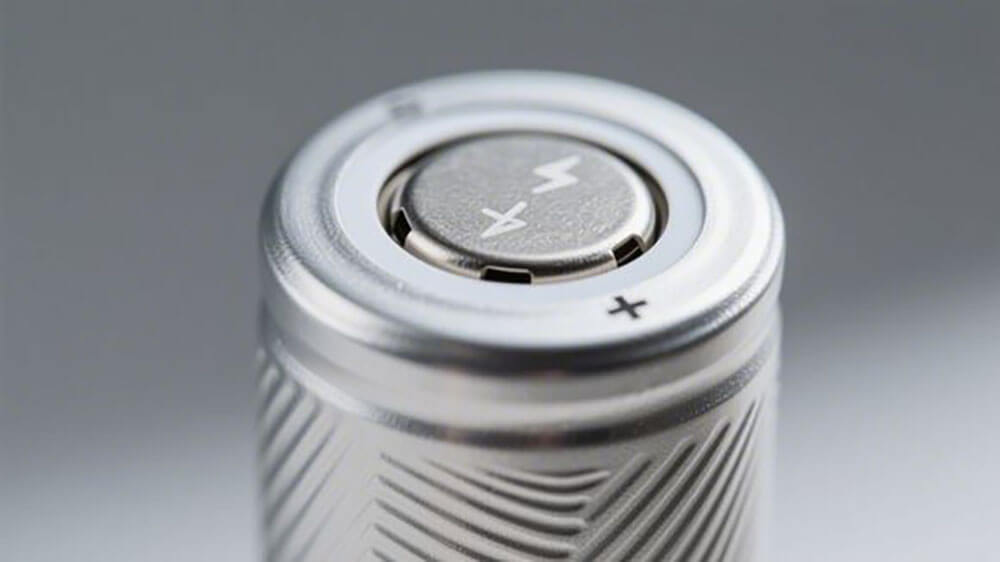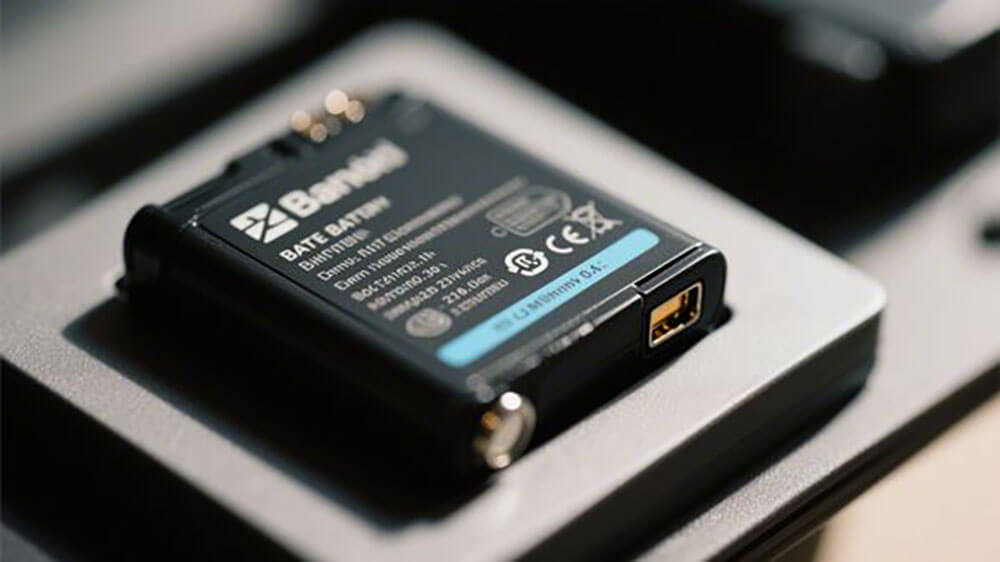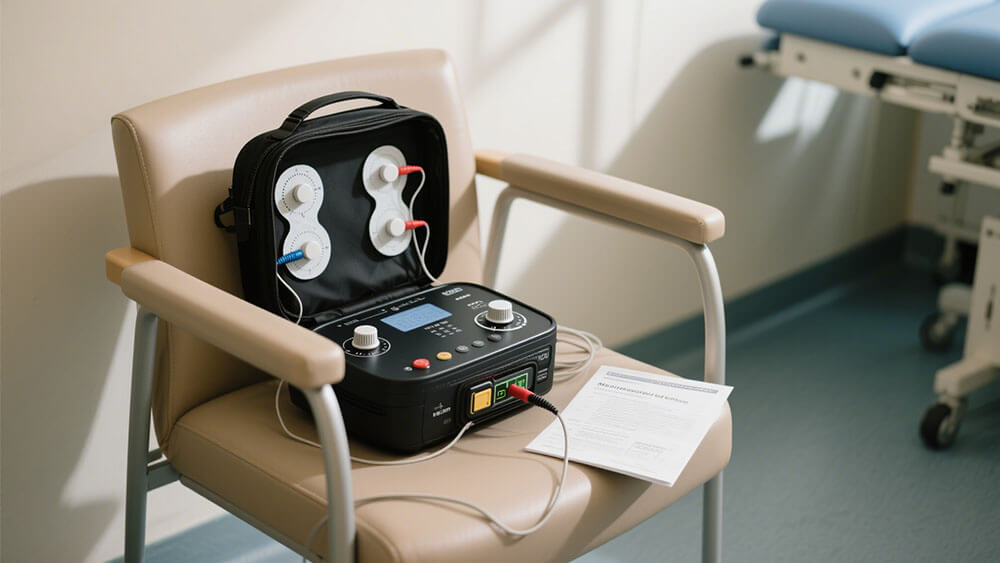Contents

High-discharge lithium batteries are engineered to deliver exceptional current output, meeting the rigorous demands of modern industries. You rely on these batteries for applications requiring sustained power, such as robotics, medical devices, and industrial equipment. Their high energy density and low self-discharge rate ensure efficiency and reliability, making them indispensable in high-discharge scenarios about lithium battery applications.
Key Takeaways
High-discharge lithium batteries release energy quickly. They are used in robots and medical tools.
These batteries last a long time, about 2,000 to 5,000 uses. This means they don’t need to be replaced often.
Knowing how fast they discharge helps them work better in tough tasks.

Part 1: What Are High-Discharge Lithium Batteries?
1.1 Definition and Key Features
High-discharge lithium batteries are specialized energy storage solutions designed to deliver a rapid discharge of power in demanding applications. These batteries excel in scenarios requiring a quick release of energy, such as robotics, medical devices, and industrial equipment. Their ability to sustain high discharge rates makes them indispensable in high-discharge scenarios about lithium battery applications.
Key features of high-discharge batteries include:
Nominal Voltage: A single LiFePO4 Lithium battery cell typically operates at 3.2V.
Voltage Parameters: Charge cut-off voltage reaches 14.6V, while discharge cut-off voltage is set at 10V.
Cycle Life: These batteries can endure thousands of charge-discharge cycles, ensuring longevity.
Certifications: Compliance with UL 1642, IEC 62133, and CE standards guarantees safety and performance.
Parameter | Description |
|---|---|
Charge/Discharge Rates | Maximum discharge rate of 10C for 10 seconds; maximum charge rate of 5C for 10 seconds. |
Depth of Discharge (DoD) | Guidelines for shallow and deep cycles, ensuring optimal battery usage. |
Internal Resistance | Low resistance enhances efficiency and lifespan. |
These features make high-discharge batteries ideal for applications requiring high energy density and consistent performance.
1.2 How High-Discharge Batteries Work
High-discharge batteries operate through a sophisticated electrochemical mechanism. During discharge, lithium atoms in the anode lose electrons and become lithium ions. These ions migrate through the electrolyte to the cathode, where they recombine with electrons, achieving electrical neutrality.
The small size of lithium ions enables their rapid movement through a micro-permeable separator between the anode and cathode. This process ensures high voltage and efficient charge storage. Common materials include lithium cobalt oxide (LCO) for the cathode and graphite for the anode, with ether-based electrolytes facilitating ion transport.
This intercalation mechanism allows lithium ions to embed within the graphite anodes without causing structural deformation. As a result, high-discharge batteries maintain their integrity over repeated cycles, making them reliable for high-performance applications.
1.3 Understanding Discharge Rates and C-Rates
Discharge rates, expressed as C-rates, measure how quickly a battery can release its stored energy. A higher C-rate indicates faster energy delivery, which is critical for high rate lithium batteries used in robotics and infrastructure applications.
C-rate | Time |
|---|---|
5C | 12 min |
2C | 30 min |
1C | 1h |
0.5C or C/2 | 2h |
0.2C or C/5 | 5h |
0.1C or C/10 | 10h |
0.05C or C/20 | 20h |
When discharging at higher C-rates, internal losses convert some energy into heat, reducing capacity. For example, discharging a 1Ah battery at 2C delivers full capacity in 30 minutes but achieves only 95% efficiency. Conversely, lower C-rates, such as 0.5C, yield higher capacity readings, often exceeding 100%.
Understanding discharge rates helps you optimize battery performance for high-drain battery applications, ensuring efficiency and reliability in high-discharge scenarios about lithium battery usage.

Part 2: How High-Discharge Lithium Batteries Differ from Standard Lithium Batteries
2.1 Differences in Construction and Chemical Composition
High-discharge batteries differ significantly from standard lithium batteries in their construction and chemical composition. You will notice that high-discharge batteries often use advanced materials like NMC or LiFePO4 for their cathodes. These materials enhance high current discharge performance and improve thermal stability. In contrast, standard lithium batteries may rely on LCO or LMO, which prioritize energy density over discharge rate.
The internal design of high-discharge batteries also supports rapid energy delivery. Thicker current collectors and optimized electrode structures reduce internal resistance, enabling higher discharge rates. Standard lithium batteries, on the other hand, focus on maximizing capacity and energy storage, often at the expense of discharge performance.
2.2 Performance Comparison: Current Output, Lifespan, and Efficiency
High-discharge batteries excel in delivering high current output. For example, they can sustain discharge rates of up to 10C, making them ideal for high-discharge scenarios about lithium battery applications. Standard lithium batteries typically operate at lower discharge rates, limiting their use in high-drain devices.
In terms of lifespan, high-discharge batteries often outperform their standard counterparts. LiFePO4 batteries, for instance, can endure 2,000 to 5,000 cycles, while standard LCO batteries may only last 500 to 1,000 cycles. Efficiency also varies; high-discharge batteries maintain stable performance even under demanding conditions, whereas standard batteries may experience significant capacity loss at higher discharge rates.
2.3 Advantages and Limitations of High-Discharge Batteries
High-discharge batteries offer several advantages. Their ability to handle high discharge rates makes them indispensable in high rate lithium batteries used in robotics, infrastructure, and other high-demand applications. They also provide consistent performance and longer lifespans, reducing the need for frequent replacements.
However, these batteries are not without limitations. Their focus on high rate batteries and discharge performance may result in slightly lower energy density compared to standard lithium batteries. Despite this, their reliability and efficiency in high-discharge scenarios about lithium battery applications make them a preferred choice for many industries.

Part 3: Applications of High-Discharge Lithium Batteries
High-discharge lithium batteries have revolutionized numerous industries by providing reliable and efficient power solutions for demanding applications. Their ability to deliver high current output makes them indispensable in power-hungry applications. Below are some of the key sectors where these batteries play a critical role.
3.1 Medical Devices and Equipment
In the medical field, high-discharge batteries power critical devices that require consistent and reliable energy. Equipment such as portable ventilators, defibrillators, and infusion pumps depend on these batteries to function during emergencies or power outages. Their high energy density and long cycle life ensure uninterrupted operation, which is vital for patient care.
Note: High-discharge lithium batteries eliminate the need for frequent replacements, reducing maintenance costs for healthcare facilities.
For instance, LiFePO4 Lithium batteries are commonly used in medical devices due to their safety and stability. These batteries comply with stringent safety standards, ensuring they meet the rigorous demands of the healthcare industry. Learn more about their applications in medical batteries.
3.2 Robotics and Automation
Robotics and automation rely heavily on high-discharge batteries to power advanced systems. Autonomous Mobile Robots (AMRs) in warehouses and factories use these batteries for extended operational time and improved mobility. Similarly, drones and UAVs depend on lithium batteries for sustained flight, enabling tasks like aerial photography, delivery, and surveillance.
Service Robots: High-discharge batteries enable continuous operation in hospitals, homes, and other settings.
Industrial Robotic Arms: These batteries provide backup power systems, ensuring functionality during power interruptions in manufacturing environments.
The efficiency and reliability of high-discharge batteries make them a preferred choice for robotics and automation. Explore more about their role in robotics.
3.3 Security Systems and Emergency Power
Security systems and emergency lighting require dependable power sources to ensure uninterrupted operation. High-discharge batteries are ideal for these applications due to their ability to deliver consistent energy output. They are commonly used in:
Uninterruptible Power Supplies (UPS): These systems rely on high-discharge batteries to provide backup power during outages, protecting critical infrastructure.
Emergency Lighting: High-discharge batteries ensure that lighting systems remain operational in emergencies, enhancing safety in commercial and industrial settings.
Their emissions-free nature and lack of hazardous materials make them a sustainable choice for security systems. Learn more about their applications in security systems.
3.4 Infrastructure and Transportation
Infrastructure and transportation sectors benefit significantly from high-discharge batteries. Electric vehicles (EVs), for example, require batteries capable of delivering high discharge rates to support acceleration and sustained performance. Studies on immersion cooling for high-discharge lithium-ion batteries highlight the importance of advanced cooling methods, such as v-shaped fins and dielectric nanofluids, in maintaining temperature homogeneity during high discharge rates.
Tip: High-discharge batteries reduce environmental impact by eliminating the need for flammable fuels and hazardous battery acids.
In public transportation, these batteries power electric buses and trains, contributing to cleaner and more efficient infrastructure. Discover more about their role in infrastructure.
3.5 Consumer Electronics and Industrial Equipment
Consumer electronics and industrial equipment demand high-performance batteries to meet their energy needs. High-discharge batteries power devices such as power tools, laptops, and gaming consoles, ensuring optimal performance. In industrial settings, these batteries are used in forklifts, cranes, and other heavy machinery, providing the energy required for intensive operations.
Advantages in Consumer Electronics: High-discharge batteries offer longer runtimes and faster charging, enhancing user experience.
Industrial Applications: Their robust design and high cycle life make them suitable for demanding environments.
Learn more about their applications in consumer electronics and industrial equipment.
High-discharge lithium batteries redefine energy solutions with their high energy density, long cycle life, and lightweight design. Their applications span consumer electronics, EVs, and medical devices, offering unmatched reliability.
Feature | High-Discharge Lithium Batteries | Other Battery Types |
|---|---|---|
Energy Density | High | Lower |
Cycle Life | Long | Shorter |
Safety | High | Variable |
Weight | Lightweight | Heavier |
Applications | Consumer electronics, EVs, renewable energy storage, medical devices | Varies |
Explore custom battery solutions tailored to your needs with Large Power.
FAQ
1. What makes high-discharge lithium batteries suitable for industrial applications?
High-discharge lithium batteries deliver consistent power, handle high currents, and last longer. These features make them ideal for demanding industrial environments. Learn more about industrial applications.
2. How do high-discharge batteries compare to standard lithium-ion batteries?
High-discharge batteries excel in current output and lifespan. They outperform standard lithium-ion batteries in high-drain applications like robotics and medical devices. Explore custom battery solutions.
3. Can I customize high-discharge lithium batteries for specific needs?
Yes, you can customize these batteries for unique requirements. Contact Large Power for tailored solutions that meet your application demands.





